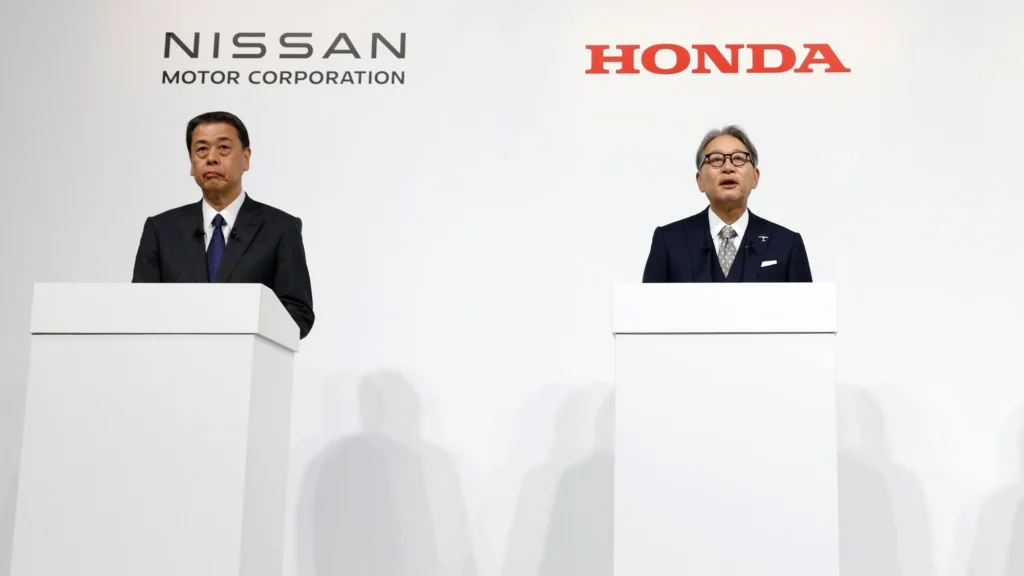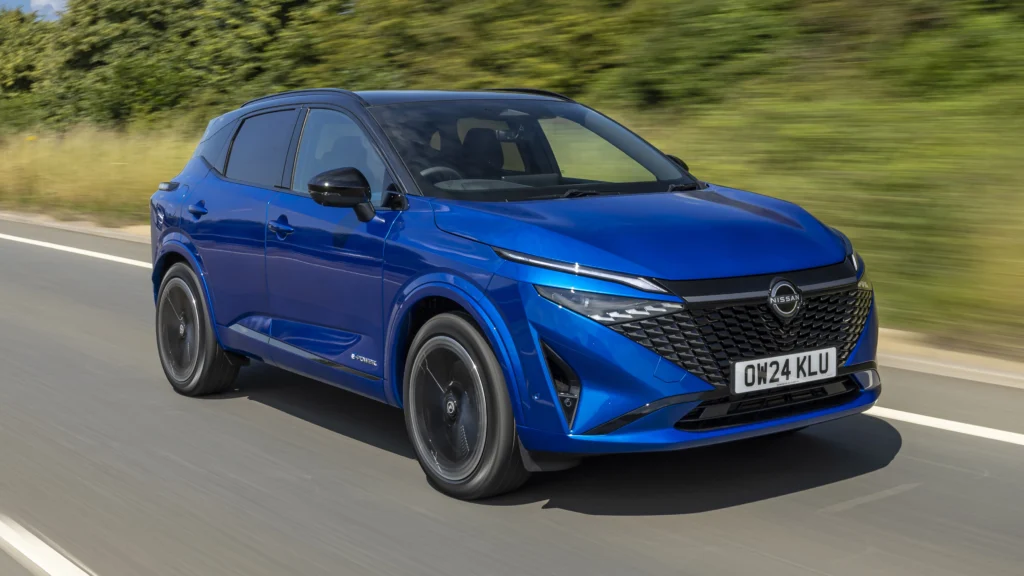
Introduction to the Merger Talks
Honda and Nissan Plan to Merge : The automotive world is abuzz with news of a groundbreaking merger between Honda and Nissan. As two of Japan’s automotive giants, their decision to join forces signals a pivotal moment in the industry. But what’s driving this collaboration? Let’s dive into the details.
Overview of the Automotive Industry Shift
The global automotive industry is undergoing a seismic transformation. The rise of electric vehicles (EVs) and increased competition from Chinese manufacturers have reshaped market dynamics. Companies that once dominated the sector now face intense pressure to innovate and adapt.
Why Honda and Nissan Are Merging
Honda’s CEO Toshihiro Mibe has emphasized the urgency of the situation. Without a robust plan to counter emerging competitors, especially from China, traditional automakers risk losing their foothold. The merger aims to pool resources, enhance EV capabilities, and secure a competitive edge by 2030.
The Strategic Partnership
Timeline of Collaboration Efforts
The merger discussions didn’t happen overnight. Back in March, Honda and Nissan initiated talks to explore a strategic partnership in the EV sector. By August, the collaboration deepened with agreements on battery technology and other innovations.
Key Stakeholders in the Merger
Nissan’s CEO Makoto Uchida and Honda’s leadership are spearheading this initiative. Mitsubishi, with Nissan as its largest shareholder, is also set to play a crucial role, creating a triad of Japanese automotive excellence.

The Rise of Chinese Power in the EV Market
China’s Dominance in Electric Vehicles
China has emerged as the global leader in EV production, thanks to lower labor and manufacturing costs. Companies like BYD have set benchmarks with affordable, high-quality electric cars that have captivated global audiences.
Role of BYD and Other Chinese Firms
BYD and its peers have not only dominated domestic markets but also expanded aggressively internationally. Their ability to offer competitively priced EVs has made them formidable opponents for traditional automakers.
Impact on Global Automakers
Foreign carmakers, including Nissan, have struggled to keep up in China. The competitive pricing and local government support for Chinese firms have made it increasingly difficult for foreign brands to sustain profitability.
EU’s Response to Chinese EV Dominance
Honda and Nissan Plan to Merge :The European Union has taken notice, imposing tariffs of up to 45% on Chinese EV imports to curb unfair competition. While this may level the playing field, it also risks driving up EV prices for consumers.
Honda-Nissan-Mitsubishi Alliance : Honda and Nissan Plan to Merge
Advantages of the Merger
Pooling resources among Honda, Nissan, and Mitsubishi offers numerous advantages. From shared technology to combined manufacturing facilities, this alliance is set to enhance efficiency and reduce costs.
Honda and Nissan Plan to Merge
Strengthening EV Capabilities
The merger is particularly focused on EV technology. By combining their expertise, the companies aim to produce innovative electric vehicles that rival the best in the market.
Challenges to the Alliance
However, the path ahead isn’t without hurdles. Political scrutiny in Japan could complicate matters, as the merger may lead to job cuts and restructuring.
Job Cuts and Restructuring
Nissan has already announced plans to cut 9,000 jobs as part of its global production overhaul. The merger could further intensify these challenges, raising concerns among employees and stakeholders.
Strategic Goals of the Merger
Fighting Back Against Competition
Honda and Nissan Plan to Merge : The merger is a direct response to the growing threat posed by Chinese automakers. By focusing on innovation and competitive pricing, Honda and Nissan aim to reclaim their market share.
Long-Term Vision for 2030
The alliance has set ambitious goals for 2030, including global expansion and a strengthened presence in key markets. This vision underscores their commitment to adapting to the changing industry landscape.

Honda and Nissan Plan to Merge
FAQs
What is the primary reason for the Honda-Nissan merger?
The merger aims to combat rising competition from Chinese EV manufacturers by pooling resources and enhancing innovation.
How does the merger benefit the EV market?
By combining expertise, Honda and Nissan can develop cutting-edge EV technology and produce competitively priced electric vehicles.
What challenges could arise from the merger?
Potential challenges include political scrutiny, job cuts, and the need to align corporate cultures across the alliance.
How does China’s EV market impact global carmakers?
China’s dominance, driven by affordable production and government support, has pressured global automakers to innovate and compete on pricing.
What is the timeline for the merger to take effect?
The merger discussions aim to solidify plans by 2030, aligning with long-term strategic goals.
Source : BBC




